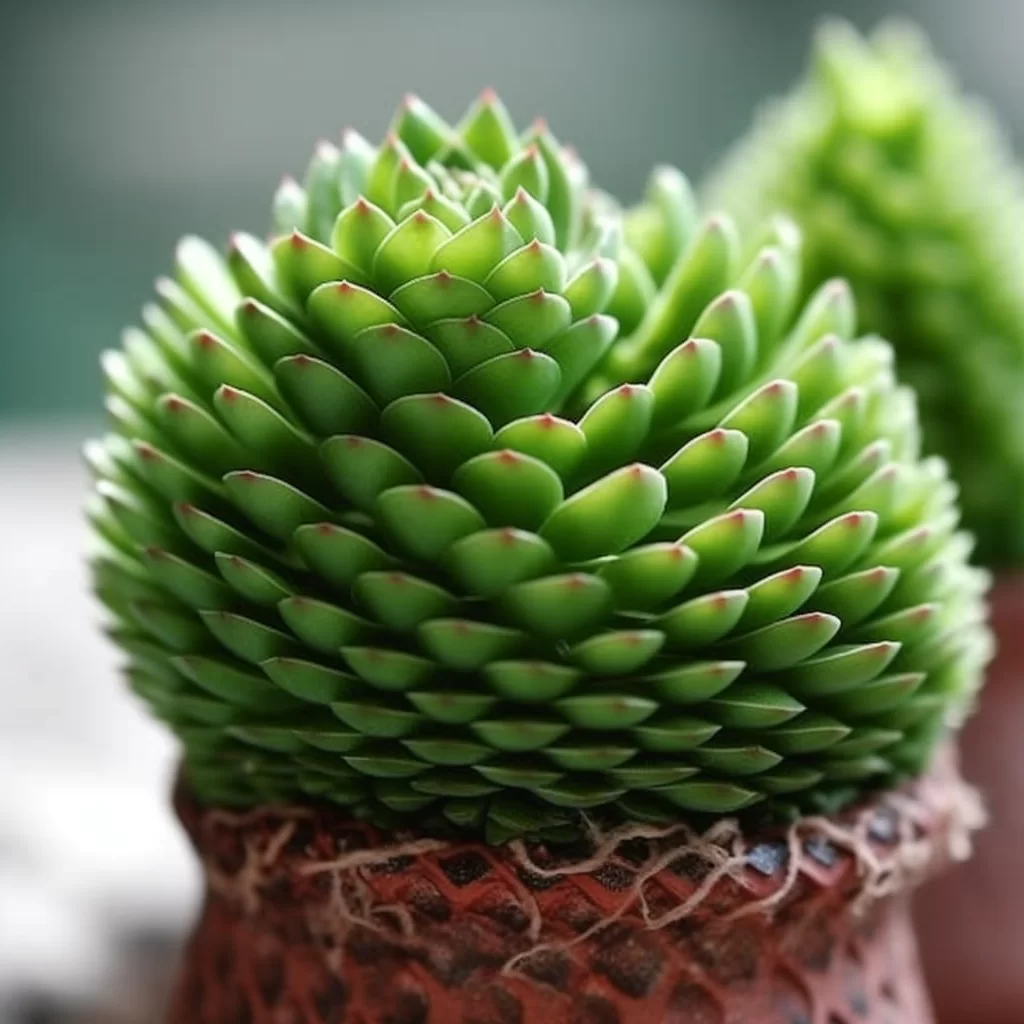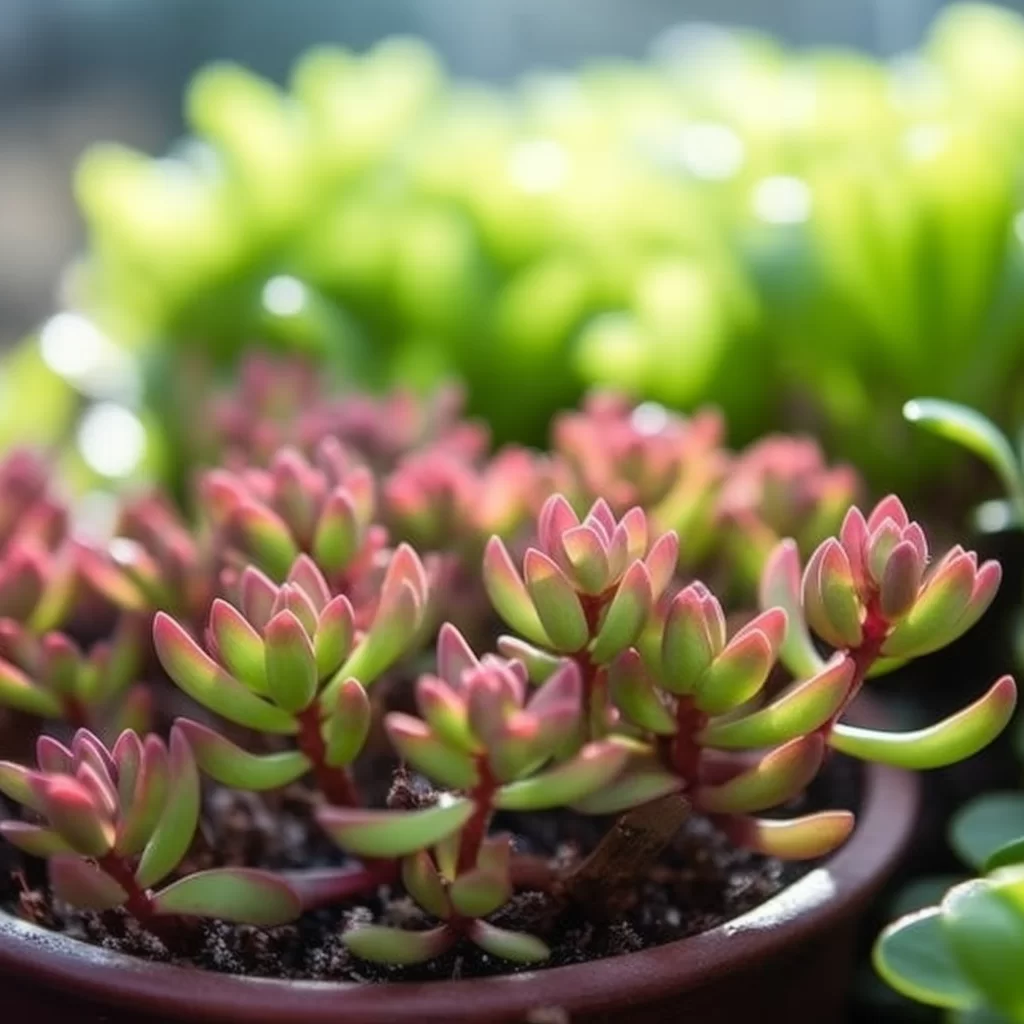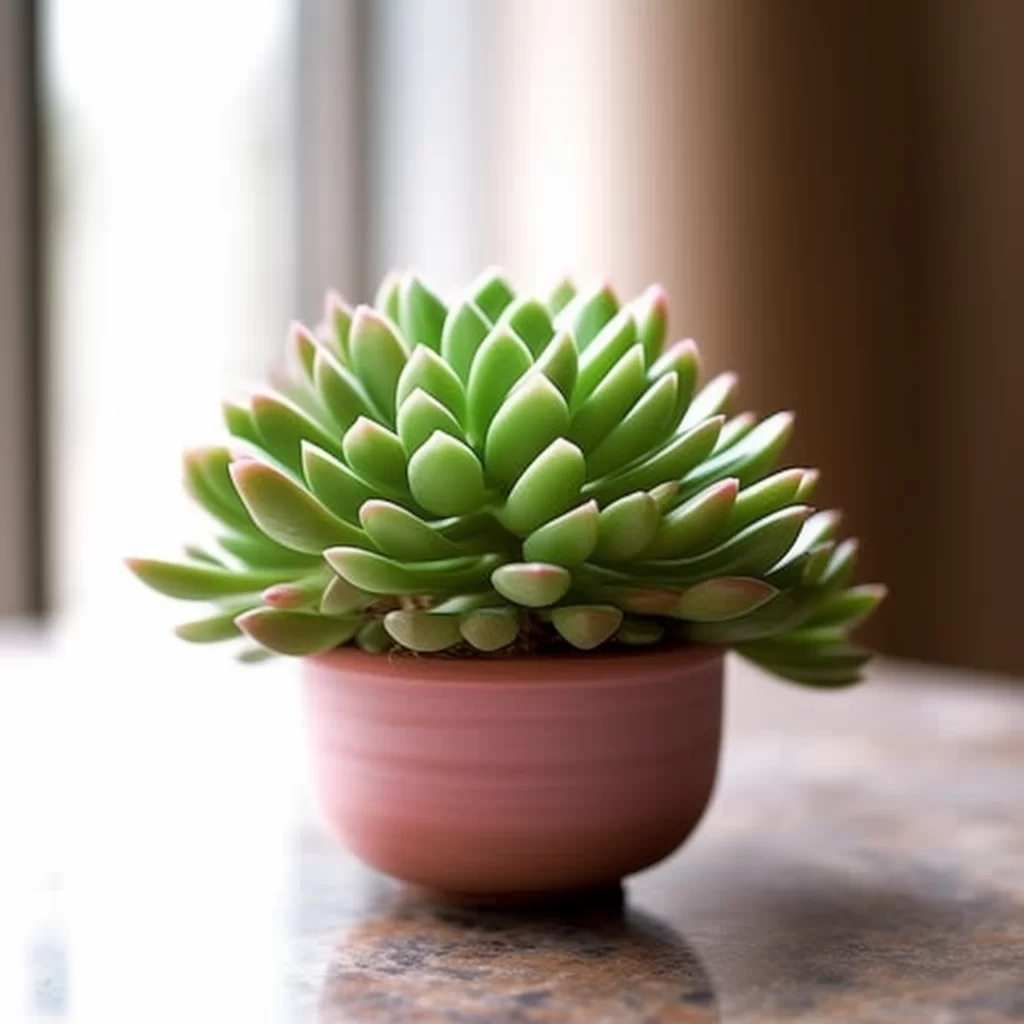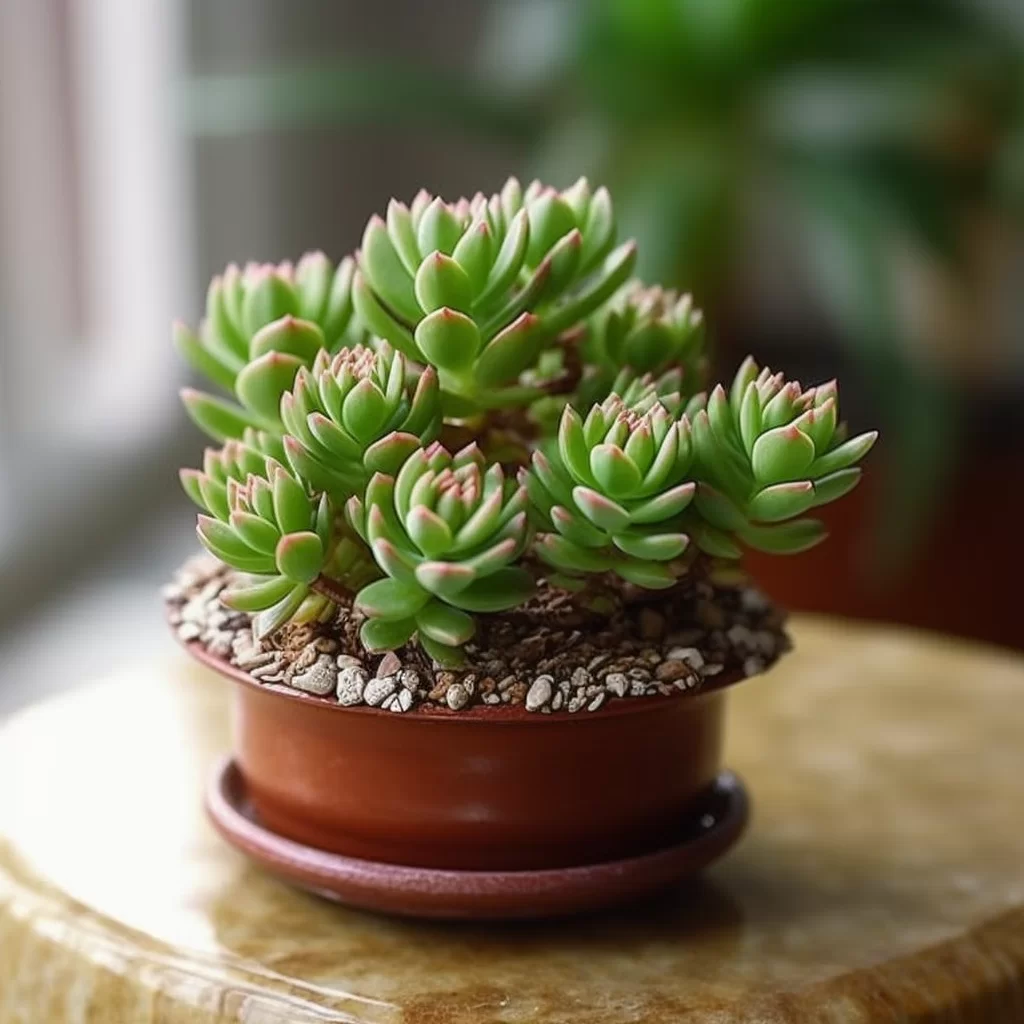Story of Day :
Contents
The Crassula Plant: A Complete Guide and Care Tips
If you’re someone who enjoys spending time in nature and watching things grow, then gardening could be just the hobby for you.
It can be a great way to spend some time outdoors while also getting in touch with your creative side.
One of the best parts of gardening is being able to see the results of your hard work, whether it’s by growing delicious fruits and vegetables or cultivating beautiful flowers.
If you want a plant that’s low-maintenance yet still visually appealing, consider adding a crassula plant to your collection.
This succulent is both easy to care for and stunningly beautiful, making it an ideal addition to any garden or even inside your home.The crassula plant is known for its thick leaves and striking flowers that bloom in shades ranging from white to pinkish-red.
It’s easy to care for because it doesn’t require much watering or attention, making it perfect if you have a busy schedule but still want some greenery around you.
Plus, this type of plant can thrive in various conditions such as bright sunlight or partial shade so that you don’t need much space either! With its unique beauty and simple maintenance requirements, there’s no reason not to add a crassula plant into your life – whether you’re new to gardening or have been doing it for years!
What is a Crassula Plant?
Crassulas are a type of succulent plant that originate from South Africa.
They belong to the family Crassulaceae, which is home to other well-known succulents such as sedums and jade plants.
With more than 200 species of crassulas available, each one has its own distinct qualities that set it apart from the others.
Some crassulas feature bright and colorful foliage while others have unique textures or growth patterns. If you’re interested in adding some greenery to your space, crassulas make a great choice due to their hardy nature and variety of options.
If you’re interested in adding some greenery to your space, crassulas make a great choice due to their hardy nature and variety of options.
Whether you prefer something with striking colors or prefer a more subtle look, there is sure to be a crassula species that will fit your needs perfectly!
Care Tips
If you’re a plant enthusiast and want to grow a crassula plant, there are some essential things you need to know about its care.
Crassula plants are beautiful succulents that come in various shapes and sizes, making them perfect for any garden or collection.
They prefer bright but indirect sunlight and well-draining soil.
When it comes to watering, make sure the soil is completely dry before watering again as they don’t like sitting in water for too long.
Additionally, fertilize your crassula plant once every two weeks during the growing season with a balanced liquid fertilizer.In terms of propagation, crassulas are easy to propagate from leaves or stem cuttings.
Keep them in bright light without direct sunlight and wait until new roots form before transplanting into their permanent pot or location.
Lastly, be on the lookout for pests such as mealybugs and spider mites which can damage your plant’s health if left untreated.
Overall these low-maintenance plants will thrive with simple care requirements making them an excellent choice for beginners or those looking for an easy-care addition to their garden space!

- Light: Crassulas prefer bright sunlight but can also thrive in partial shade.
- Water: Allow the soil to dry out completely between watering.
Overwatering can lead to root rot.
- Soil: Use well-draining soil with added sand or perlite for better drainage.
- Fertilizer: Feed your crassula plant once every two weeks during its growing season (spring and summer) with a balanced fertilizer diluted by half.
Varieties
Did you know that there is a wide variety of crassulas available for you to plant in your garden? With over 200 species to choose from, you are sure to find one that suits your preferences and needs.
Whether you want a type with green leaves or ones with striking colors such as red, yellow or purple, there is something for everyone.
Some popular varieties of crassulas include the Jade Plant, String of Buttons, and Campfire Crassula.
These plants thrive in well-draining soil and require minimal watering making them ideal for busy individuals who don’t have much time to tend to their garden.
With these beautiful plants, not only will your home look attractive but they will also add a touch of nature that can help boost your mood and improve air quality indoors. In conclusion, if you’re looking for an easy-to-care for yet stunning addition to your garden then consider planting one of the many species of crassulas available today!
In conclusion, if you’re looking for an easy-to-care for yet stunning addition to your garden then consider planting one of the many species of crassulas available today!
- Crassula ovata (Jade Plant): This is one of the most common crassulas.
It has glossy leaves that range from dark green to red, and it produces pink or white flowers in the summer.
- Crassula muscosa (Watch Chain Plant): This variety has tiny, bead-like leaves that grow along thin stems.
It’s perfect for hanging baskets or as a trailing plant on a shelf.
- Crassula capitella (Red Pagoda): As its name suggests, this crassula has reddish-brown leaves arranged in a pagoda-like structure.
In the spring and summer, it produces small white flowers on long stems.
Pests and Diseases
Just like any other living thing, crassulas are vulnerable to a range of pests and diseases.
They might look tough and resilient, but these plants can quickly fall victim to various issues that threaten their health and wellbeing.
Some common problems you may encounter when caring for crassulas include pest infestations like spider mites or mealybugs, as well as diseases such as root rot or powdery mildew. It’s essential to be proactive when it comes to maintaining the health of your crassula plant.
It’s essential to be proactive when it comes to maintaining the health of your crassula plant.
By regularly inspecting it for signs of damage or illness and taking swift action if you notice any issues, you can help prevent more significant problems from developing down the line.
Whether it’s using organic methods to deter pests or ensuring your plant is getting enough sunlight and water, there are plenty of ways to keep your crassula healthy and thriving – so don’t be afraid to take action!
- Scales: These small insects suck sap from your crassula plant’s leaves, which can cause them to turn yellow or brown.
- Fungal diseases: Overwatering your plants can lead to fungal diseases like root rot or powdery mildew.
- Viral infections: This could include viruses such as mottling mosaic virus which leads to yellowing of new growth of the plants with mottled leaf margins among others.
In Conclusion..x
If you want to spruce up your garden with a low-maintenance yet stunning succulent, then the crassula plant is worth considering.
It boasts of its ability to withstand different weather conditions and still bring beauty to any garden setting.
As long as it receives proper care and attention, this plant can live for many years.
You won’t have to worry about watering it frequently or providing extra fertilizer since this type of succulent doesn’t require much maintenance.In addition, the crassula plant comes in different varieties with unique features that suit specific preferences.
Some species have thick leaves that look like they are covered in wax while others have smaller leaves arranged in rosettes patterns.
Whether you prefer an understated or a bold look for your garden space, you’ll find a crassula variety that suits your taste! Adding this easy-to-care-for succulent will give your outdoor area an instant facelift without requiring too much effort on your part!